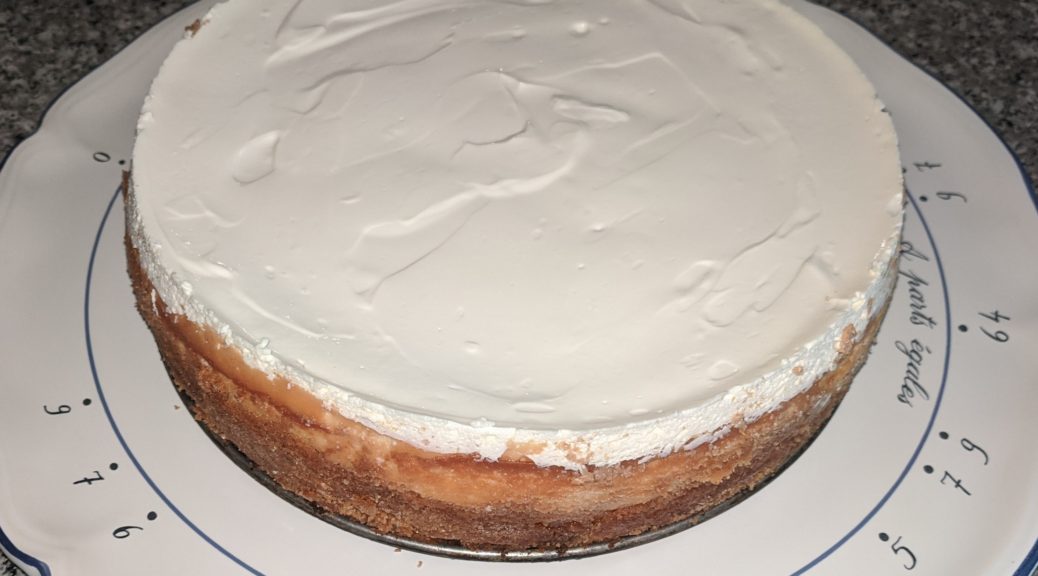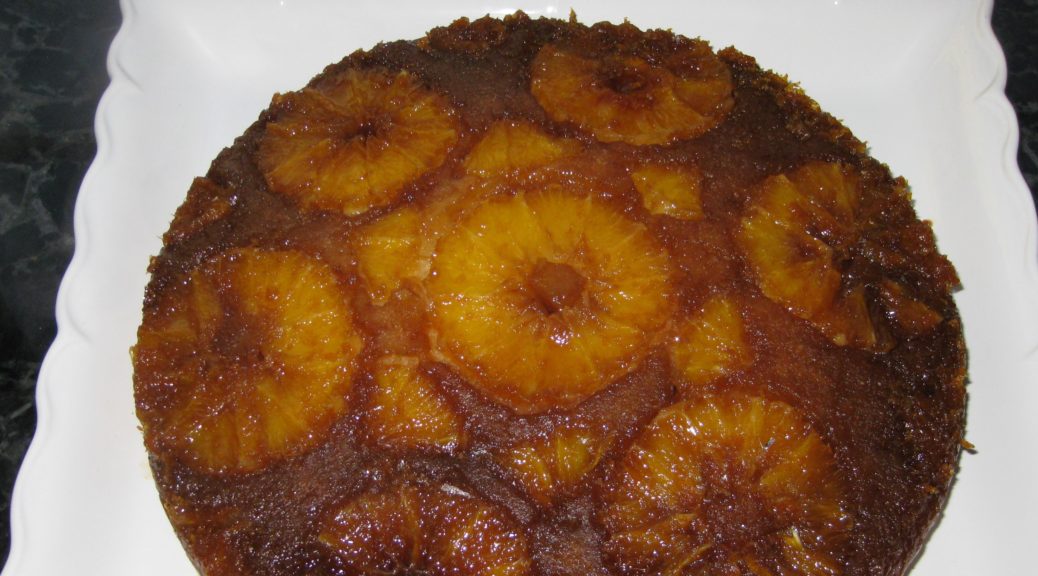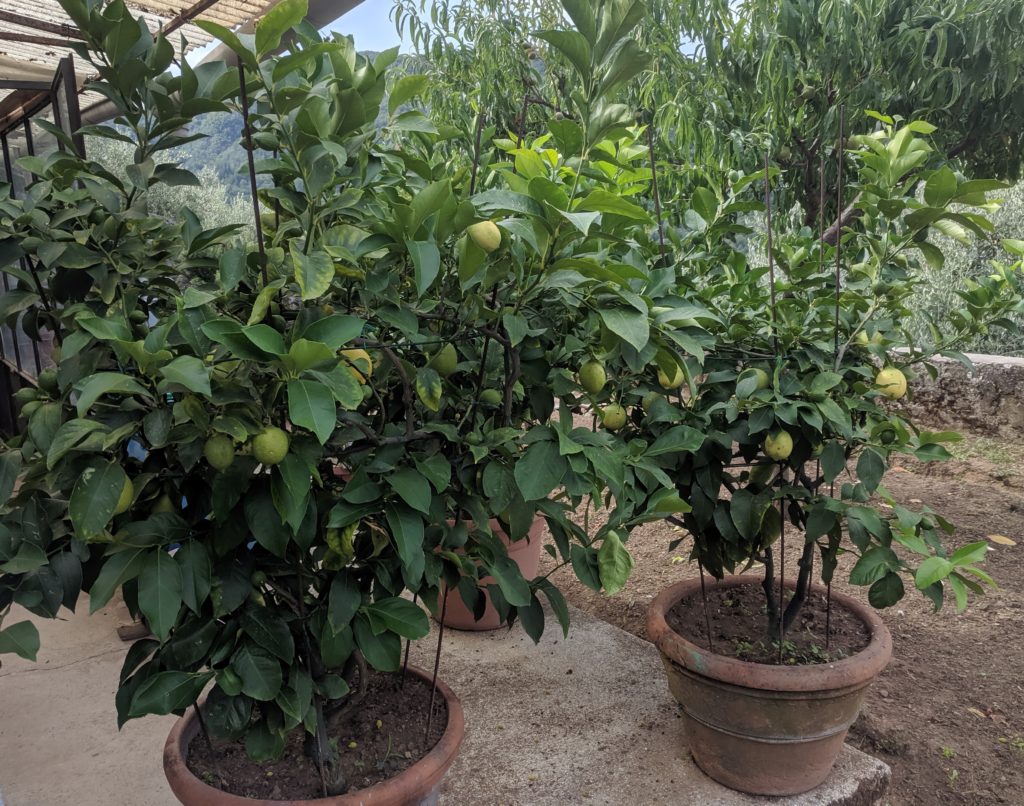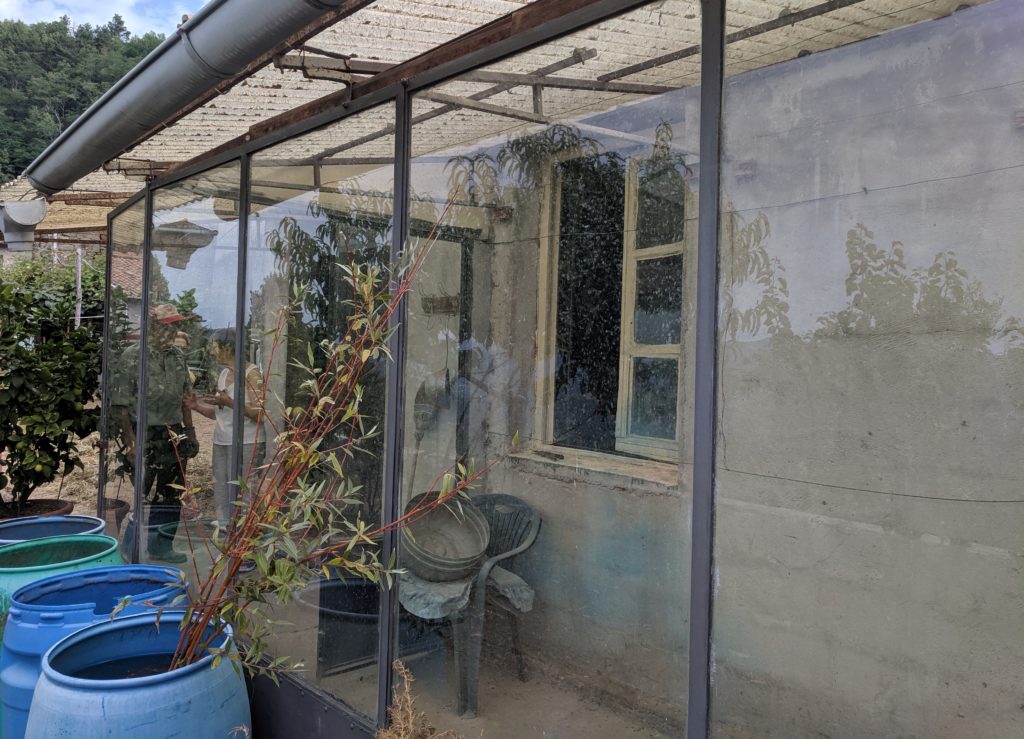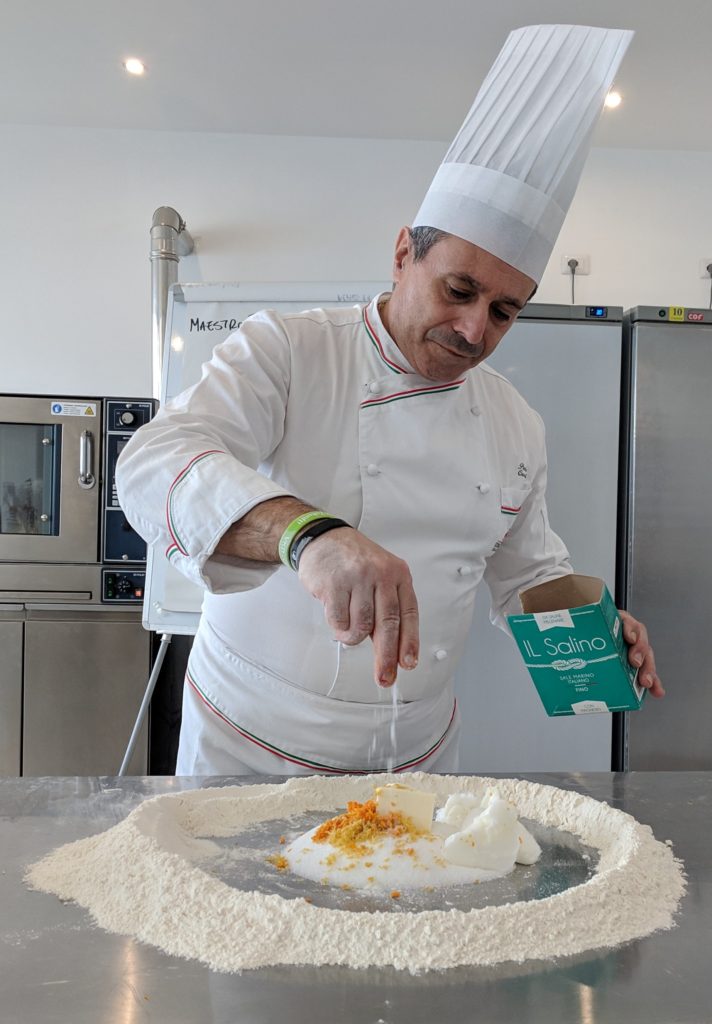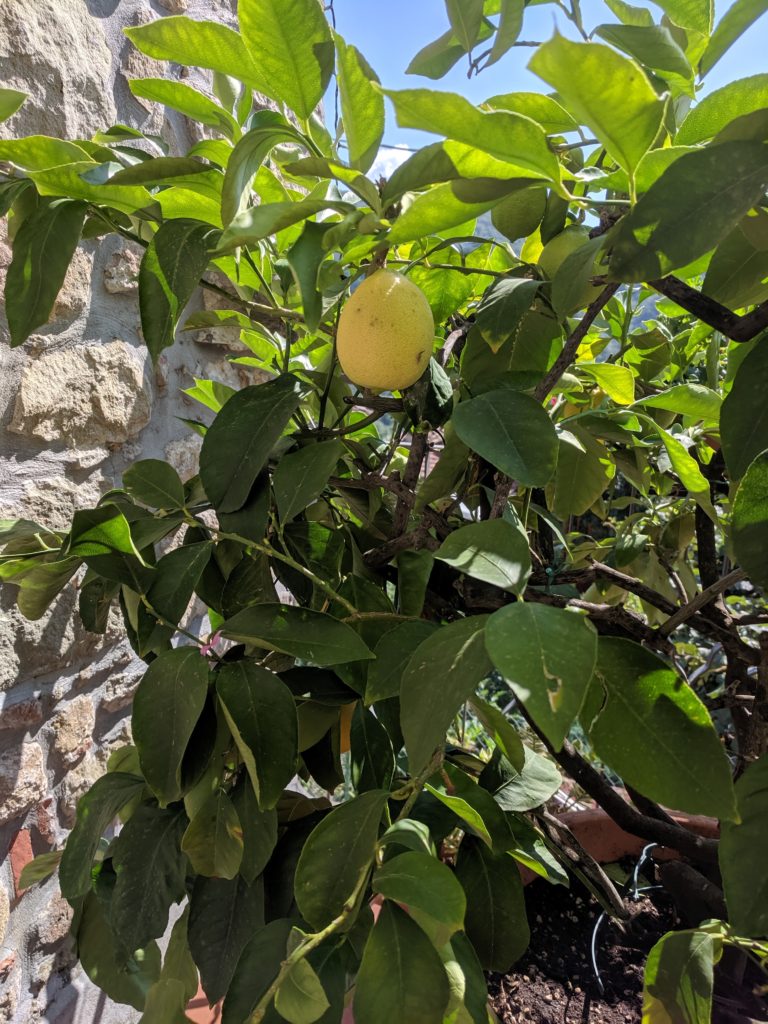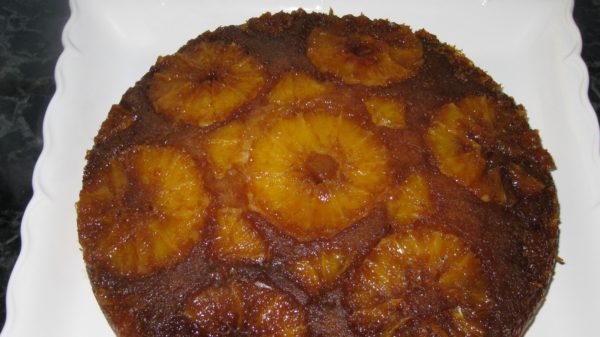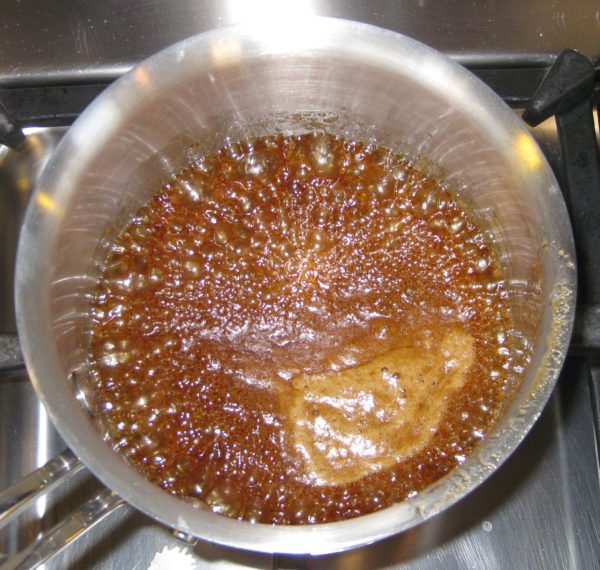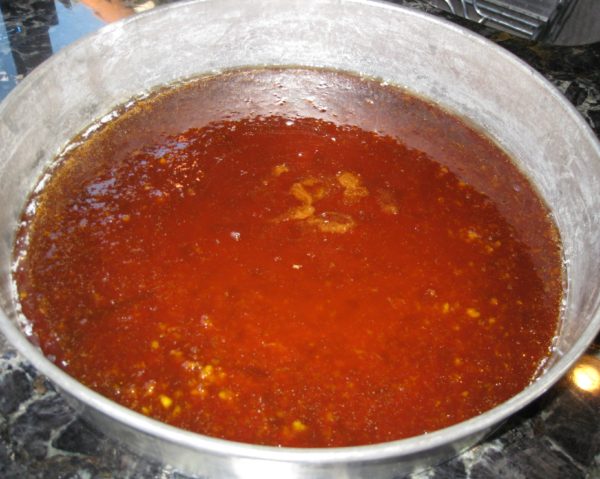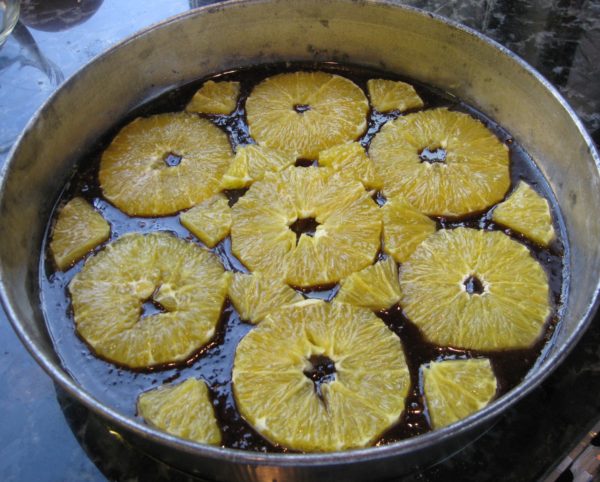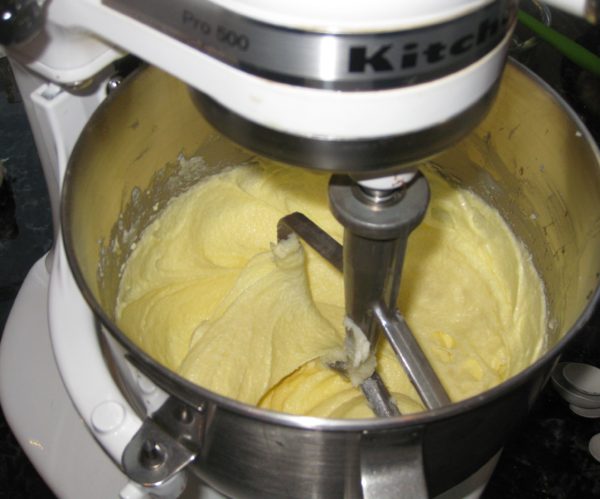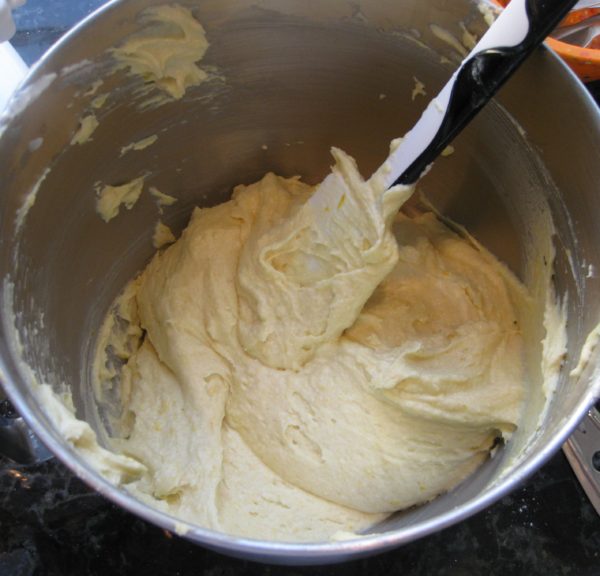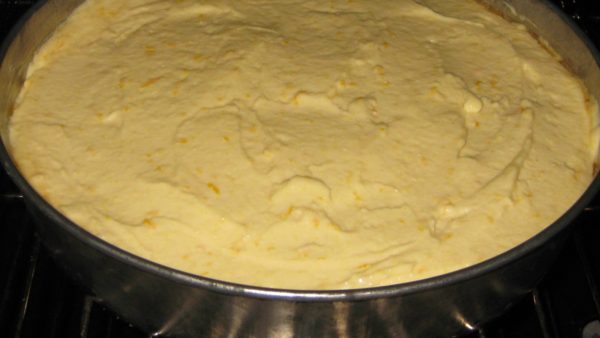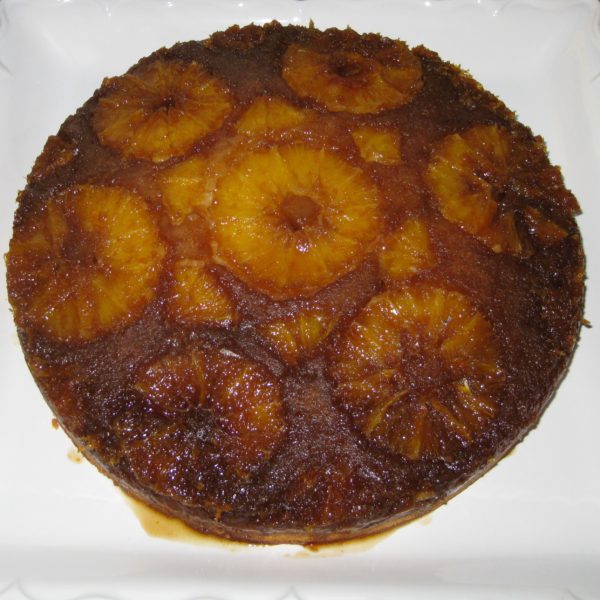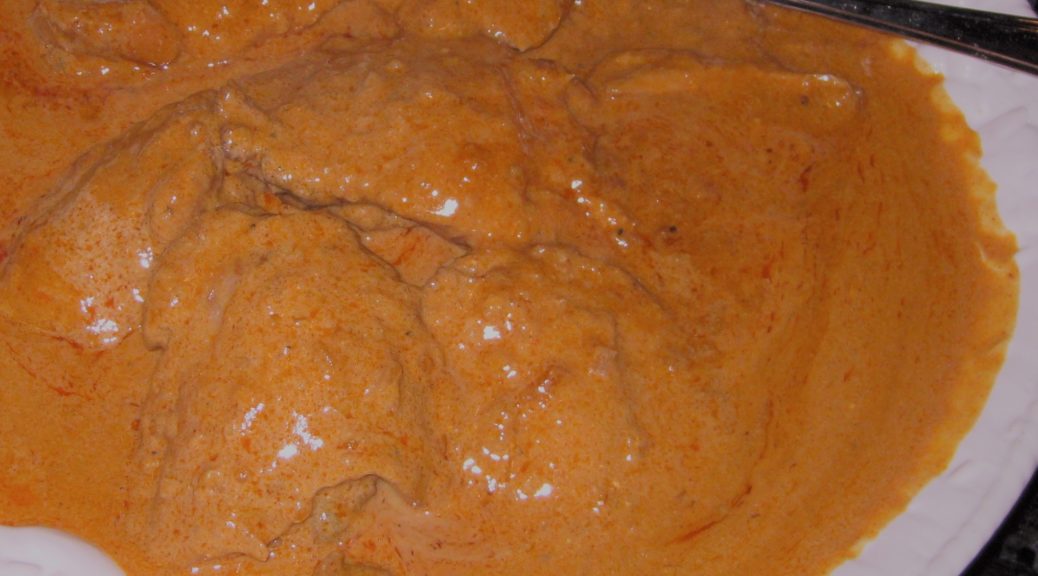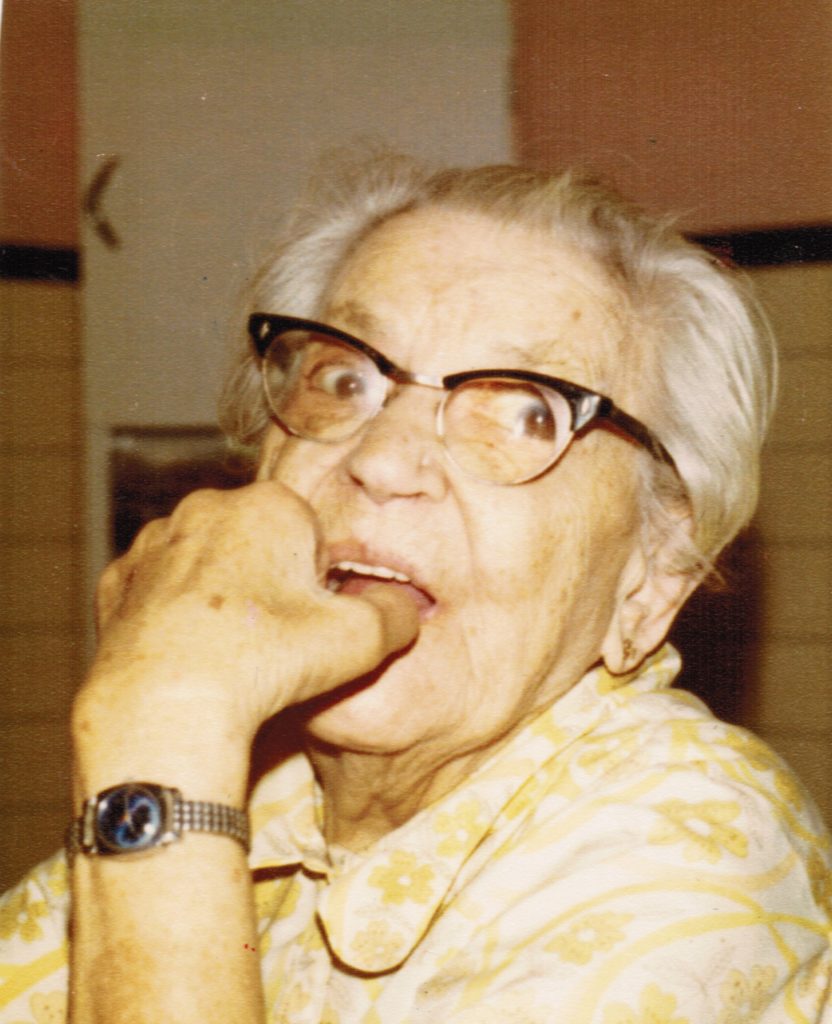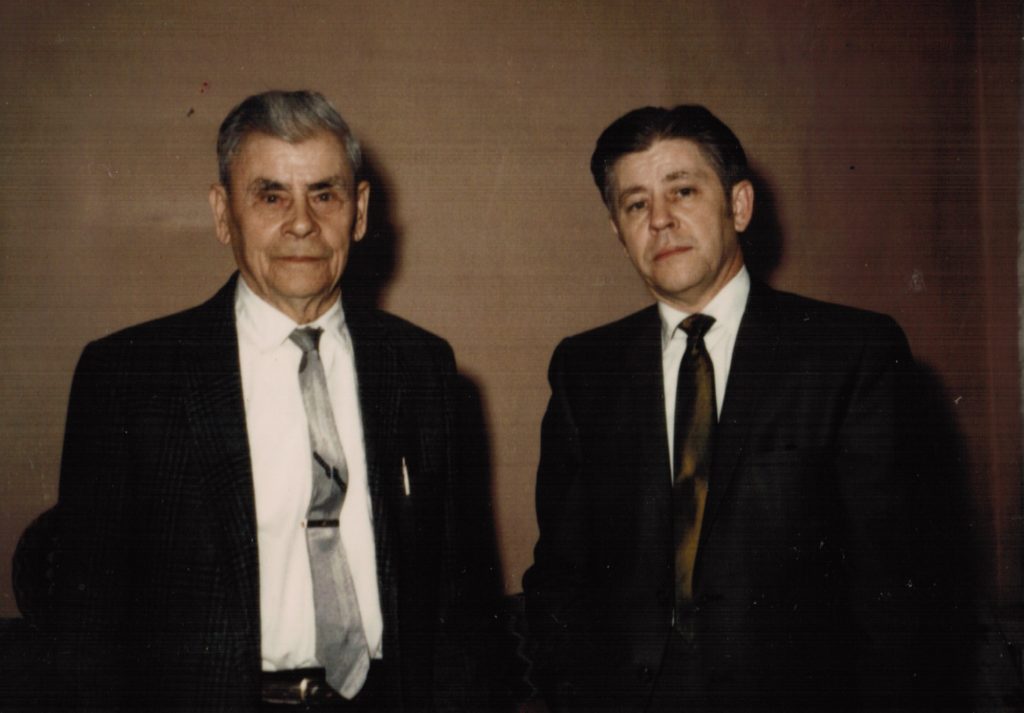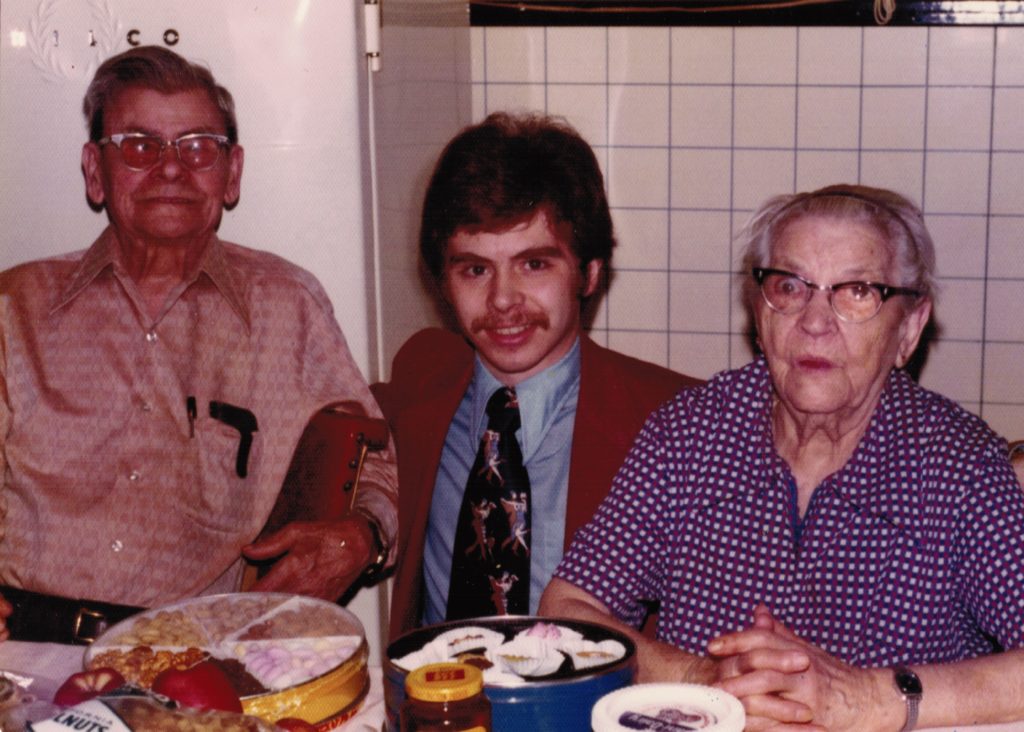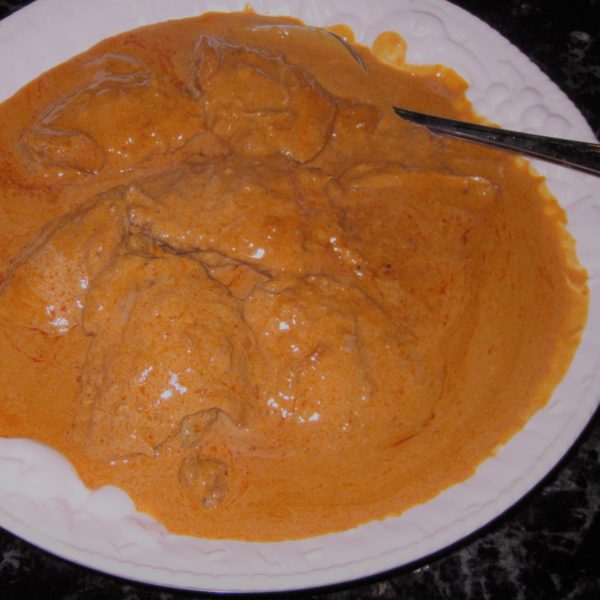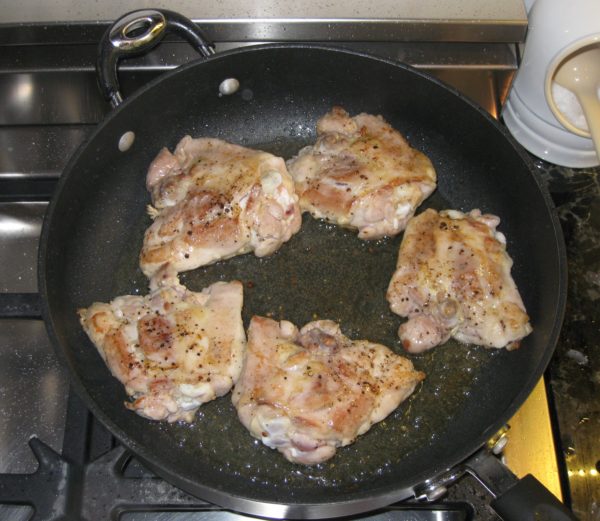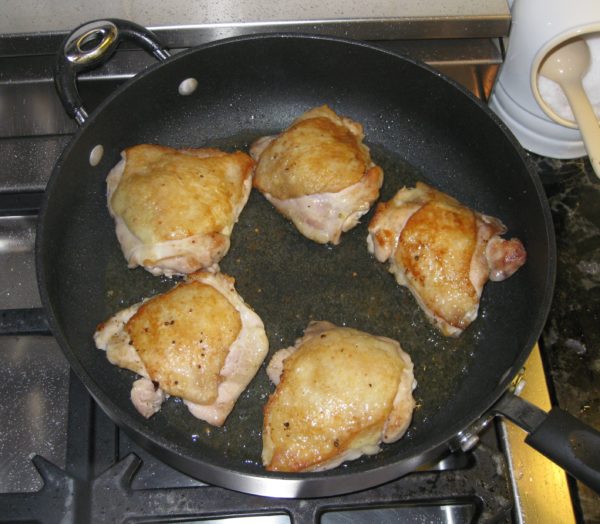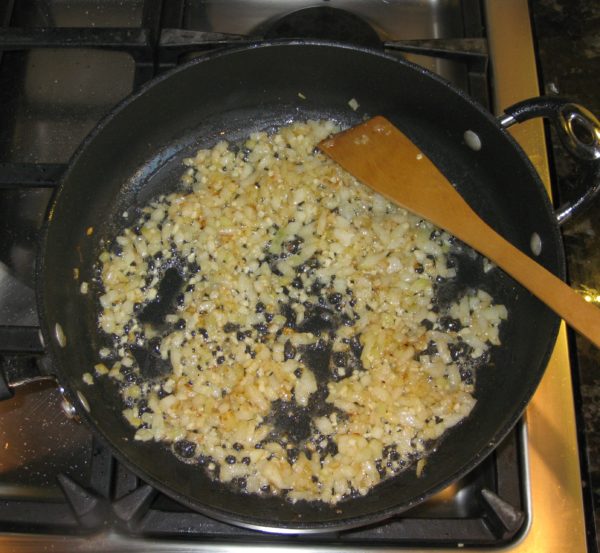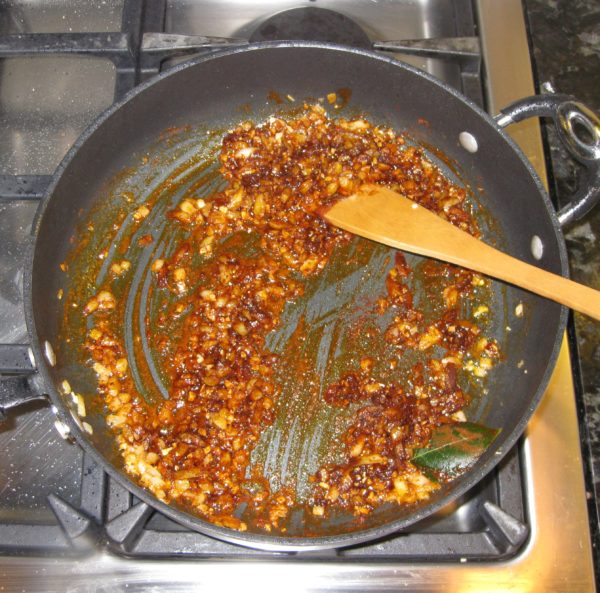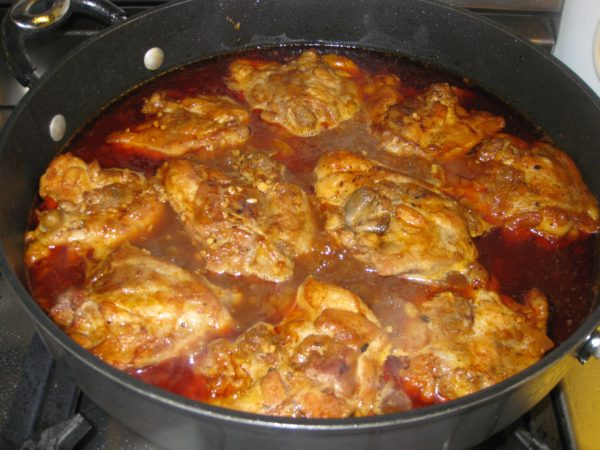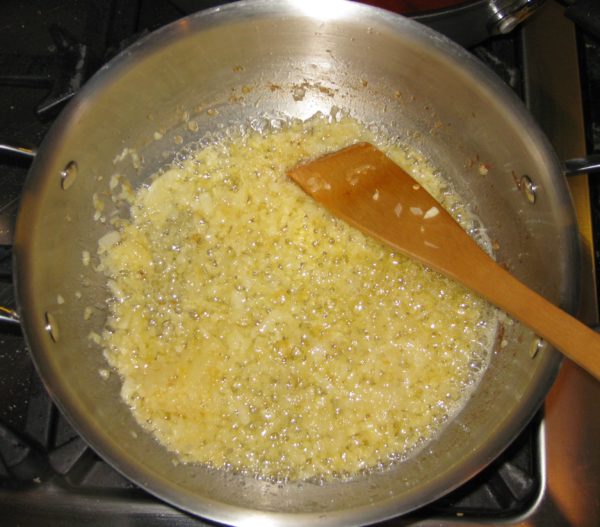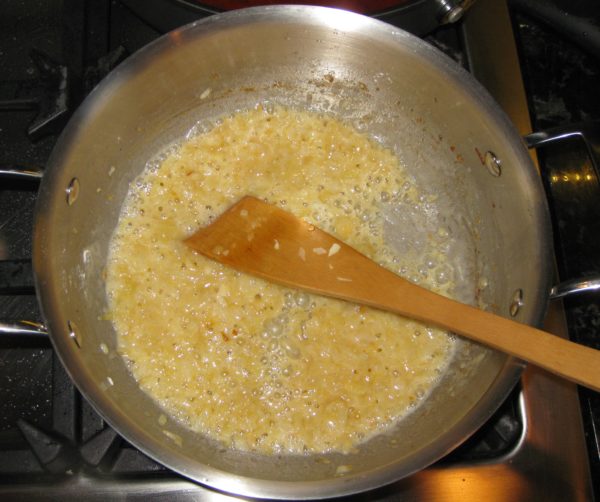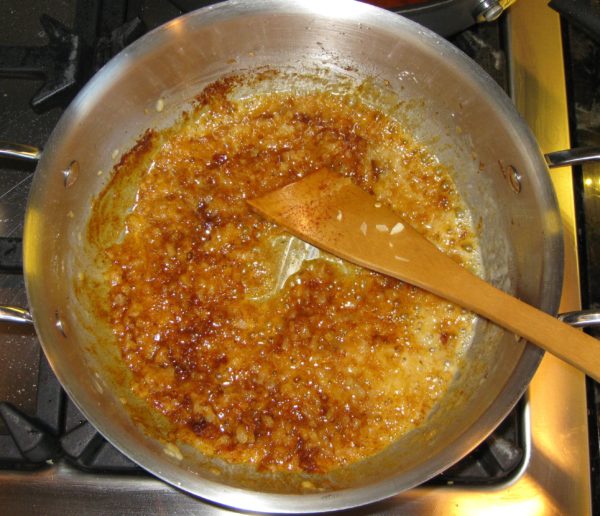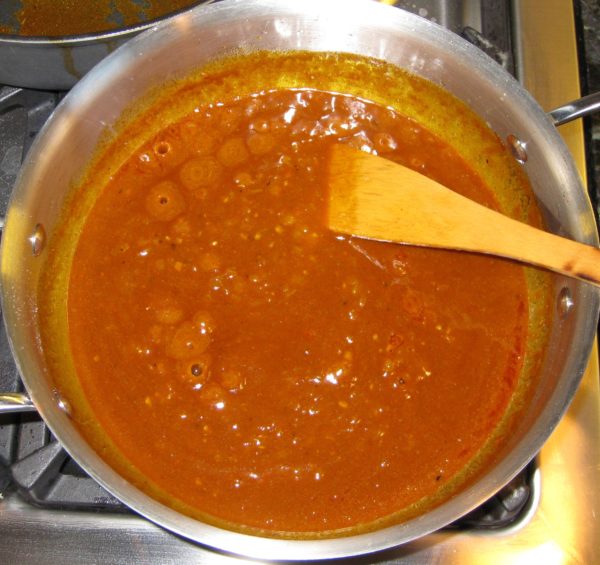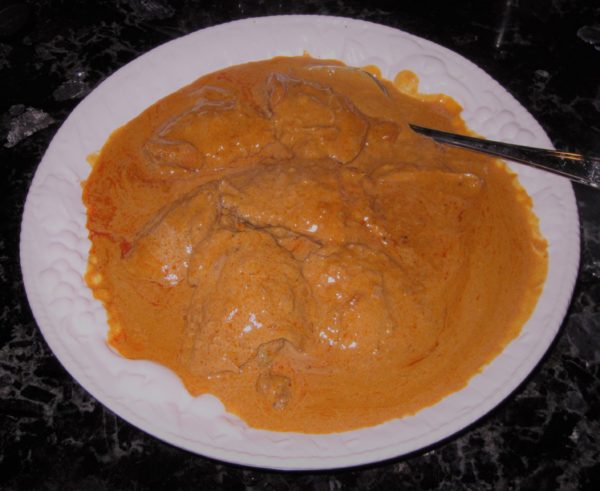July 30, 2020
I apologize!
This isn’t an Italian recipe.
Join our mailing list and you’ll never miss a recipe again!
I’ve had a taste for cheesecake for months now. A few weeks ago, I bought cream cheese and sour cream in anticipation of making cheesecake.
Well, yesterday was the day.
I pulled out a recipe that I stumbled upon more than twenty years ago.
It was from a coffee shop in Santa Fe, The Three Cities of Spain, that closed in the mid 1970s! Apparently, the coffee shop was quite an interesting place!
Follow us on your social media platform of choice
I can’t tell you much more about the recipe, though now that I’ve looked, I’ve found a number of versions on the web.
What I can tell you is that if you like cheesecake, MAKE THIS CAKE NOW!
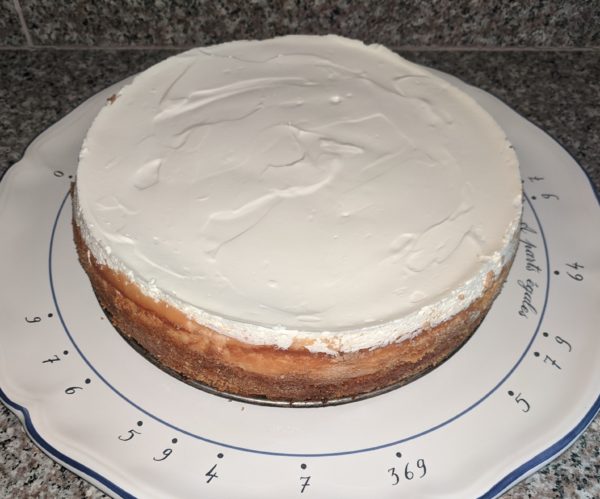
| Prep Time | 40 minutes |
| Cook Time | 60 minutes |
| Passive Time | 10 hours |
| Servings |
people
|
- 5 ounces finely ground graham crackers
- 2 1/2 ounces unsalted butter melted
- 1/3 cup sugar
- 1/8 teaspoon salt
- unsalted butter to grease pan
- 24 ounces cream cheese
- 4 large eggs
- 1 cup sugar
- 1 teaspoon vanilla extract
- 16 ounces sour cream
- 1 tablespoon sugar
- 1 teaspoon vanilla extract
Ingredients
Crust
Filling
Topping
|

|
- Butter the bottom and sides of a 9 1/2 inch (24 centimeter) springform pan.
- Combine all crust ingredients. Press into the bottom and about one inch up the sides of the buttered springform pan.
- Beat the cream cheese until light and fluffy, preferably using the paddle of a planetary mixer. Scrape the bowl several times to be sure the cream cheese is well blended.
- Beat in the eggs, one at a time, beating very well after each addition, and scraping down the bowl.
- Add the sugar and blend. Add the vanilla. Turn the mixer to high and beat until very light and fluffy, approximately one minute.
- Pour the filling into the prepared springform pan. The filling should come over the top of the graham cracker crust.
- Bake 350°F for 40-45 minutes or until the cake is jiggly in the center but set about three inches in from the edge.
- Remove the cake from the oven and allow to rest for five minutes. Do not turn the oven off.
- Prepare the topping.
- Blend all ingredients thoroughly.
- After the cake has been out of the oven for five minutes, put the topping on the firm part of the cake, around the edges, then carefully spread it evenly over the entire top of the cake.
- Return the cheesecake to the oven for 10 minutes.
- About 10 minutes after removing the cake from the oven, run a knife around the side to loosen the crust but do not unmold the cake. Allow the cake to cool to room temperature then cover loosely and refrigerate at least six hours.
- About three hours before serving, remove the cake from the refrigerator. Remove the side of the springform pan. Allow the cake to come to room temperature before serving.
Copyright © 2020 by Villa Sentieri, LLC. All rights reserved.

